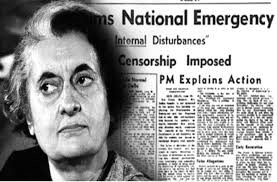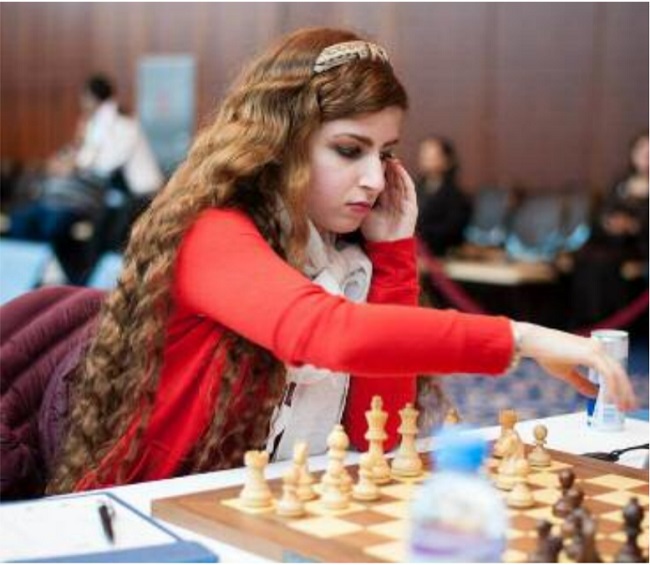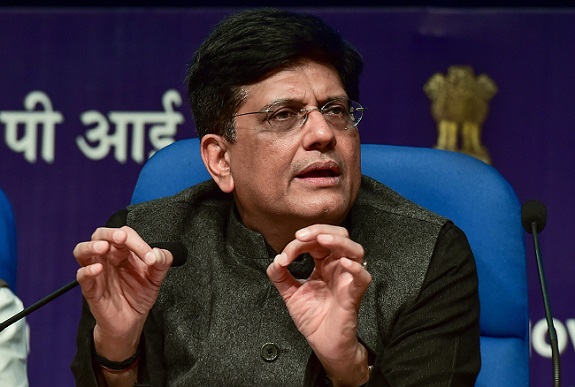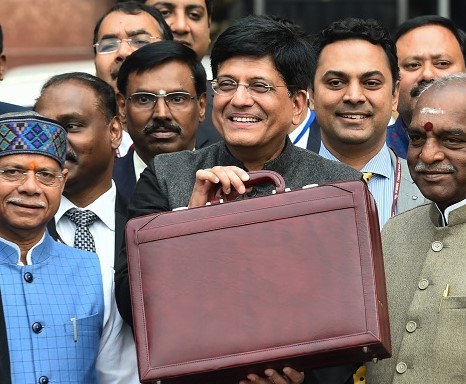Women’s bodies have long been the primary terrain on which battles for religious control are fought. Gender-based religious dress, female genital mutilation, the proscription of both contraceptives and abortion, regulation of marriage and adultery – all have been contentious means through which women’s lives are occupied and ruled over.
Some Western Muslim academics deny the primary theological significance of the hijab or burqa and claim that Westerners see it as a symbol of the irrevocable “otherness” of Muslims. Accordingly, the allegedly “hysterical” reactions to veiling are seen (by some) as little more than a pretext for racist attitudes towards Muslims. This would suggest that the veil is somehow symbolic of something concrete and general – as though it denotes something solid about the identity of its wearer rather than nothing in particular. One could say that – at least in this narrative — it simply represents “Muslimness”.
Yet this discourse vacillates between this accusatory claim against critics of religious dress and the contradictory claim that the veil has no special significance other than what the wearer intends it to mean. This misrepresents religious modesty dress as a form of liberating personal expression – a symbol of Muslim women’s freedom to “be themselves”. This line of reasoning makes the hijab or niqab a form of individual self-expression akin to a T-Shirt or a tattoo.
However, it is evident that for many Muslims the hijab and/or veil does have a singular normative religious significance, and Muslim girls or women would be wrong to think that they have a right to behave as they please while wearing it.
Some religious conservatives have argued that withholding the sight of their bodies from men is sexier than flaunting it. But as usual, the alleged ‘sexiness’ of the veil/hijab/chador/burqa is all about its appeal to male sexuality, not about female sexuality or agency. Apparently female sexuality is all about what men want, end of story.
This points to an interesting aspect of the taboo on female sexuality, whether in Western culture or Islamic theology. Neither are really against female sexuality per se. In fact Judaism, Christianity and Islam all fetishize the sexual aspects of female persons and reduce their personhood to this singular feature to the point of obsession. Whether cultural ideas about female sexuality are grounded in Jewish, Christian or Islamic tradition, they combine prurience and Puritanism. The result is a perverse fixation on women as sexual objects of male desire that strips them of their own. For religious Puritans, female sexuality is not the problem; rather, their sexual agency is.
The very same men who reprimand women for sexual misconduct do not modestly avert their own eyes from pornography. If they were that offended by it, the appropriate response would be to not look at it. Perhaps this obsession with the very thing you wish to repress or contain explains why, according to data released by Google analytics, the top two countries with the highest share of adult websites are Iraq and Egypt, two socially conservative countries that many wouldn’t have previously thought would factor in the top 10. Six of the top eight porn-searching countries were Muslim states. Pakistan tops the list of most porn-searching countries and leads the way in porn searches for animals. The country at number two in the list was Egypt, while Iran, Morocco, Saudi Arabia and Turkey came in at numbers four, five, seven and eight, respectively.
In Islamic cultures the predominant theological reasoning for veiling seems to be that the female body is such a powerful sexual object that nothing short of covering it can prevent men from molesting it. According to Islamic Hadith (or allegedly “poor interpretations” of it) the female body is so powerfully sexual that it is literally irresistible to the opposite sex. Read the statement from Australia’s influential former senior Islamic cleric, Sheik Taj Aldin as-Hilali —
“If you take out uncovered meat and place it outside. . . without cover, and the cats come to eat it. . . whose fault is it, the cats’ or the uncovered meat’s? The uncovered meat is the problem. If she was in her room, in her home, in her hijab, no problem would have occurred.”
former senior Islamic cleric, Sheik Taj Aldin as-Hilali
Sharia law is still enforced in approximately 35 nations, where some form of veiling is compulsory. An estimated 83 Sharia courts operate in England today. Many Muslim families living in Western Europe use legal forms of coercion to make girls and women conform to veiling. In 2012 the Iranian and Kurdish Women’s Rights Organisation (IKWRO) found that 39 out of 52 police forces across the UK had recorded at least 2,823 “honour” attacks over 2010. Some forces showed a jump of nearly 50% in such cases from 2009. More than 11,000 cases of so-called honour crime were recorded by UK police forces from 2010-14. The figures revealed 11,744 incidences of these crimes between 2010 and 2014, consisting of data from 39 out of 52 police forces in the UK. South Yorkshire had 1,009 unconfirmed incidents in 2014 alone while Lancashire Police had 1,049.
This is the backdrop against which Muslims in Europe claim that wearing religious dress is primarily a free “choice”. The claim that covering yourself up in public is an empowering choice insults the intelligence and dignity of women everywhere, just as the theological claim that the burqa is a necessary defense against predatory male sexuality insults Muslim men insofar as it treats them as fundamentally incapable of sexual self-control.
The issue is not whether Western women are guilty of a similar form of capitulation to that of Muslim women, but whether the pressure on females to acquiesce to “feminine” dress codes (in either culture) amounts to sexist oppression. Even if Western women are not fully liberated, this has no bearing on their ability to oppose forms of sexism in other cultures as well as in their own. But the assertion that Western women who are not ashamed of their own sexual desires are “oppressed” needs further analysis. If female sexual agency is somehow shameful while male sexual agency isn’t, then this needs to be argued for with good reasons. Male and female feminists should welcome a discussion of these double standards. Many forms of female undress in Western culture are celebrations of shame-free female sexual agency. Women in the West know that they can wear what they want to without fear of molestation because the law acts as a deterrent to would-be male predators.
The assumption that Western feminist critics of the burqa or hijab do not oppose the sexualisation of the female body within their own culture is unfounded. Western feminists do maintain a trenchant critique of sexual objectification “at home”. This argument also rests on the assumption that you cannot be a “good” feminist if you regard the (shame-free) sexualisation of the female body as potentially empowering for women as autonomous sexual subjects (agents). The real question is who decides what women can or should wear?– Individual women, or communities who enforce dress codes?
The reason Western feminists (male or female) object to seeing women in headscarves and burqas is not that they cannot tolerate diversity, but that the burqa is anything but a symbol of it. On the contrary; it represents coerced conformity and treats women primarily as members of a gender group instead of as individuals. As such, it only helps to exaggerate the socially constructed differences between men and women. It is a symbol of gender apartheid and of patriarchal Islam’s intolerance towards female sexual agency and autonomy. The real question is whether Islam’s gender code enforcers can tolerate diversity. Can they countenance Muslim women who refuse to conspire in a rape culture that constrains what women can wear in order to prevent men from preying upon them?
Laws that punish men for assault and molestation are a more just deterrent than bans on what women can wear. Deterrent punishments for molesters and rapists rest on the presumption that men (all men, not just Western European ones) are free agents capable of taking responsibility for their behaviour. After all, if grown men are incapable of self-control, then they should not be entitled to the rights that other adults enjoy: voting, holding office, driving, buying cigarettes or alcohol, consenting to medical treatment, etc. There is no way to assess the issues raised by religious dress while ignoring its theological significance or pretending that it has none.












